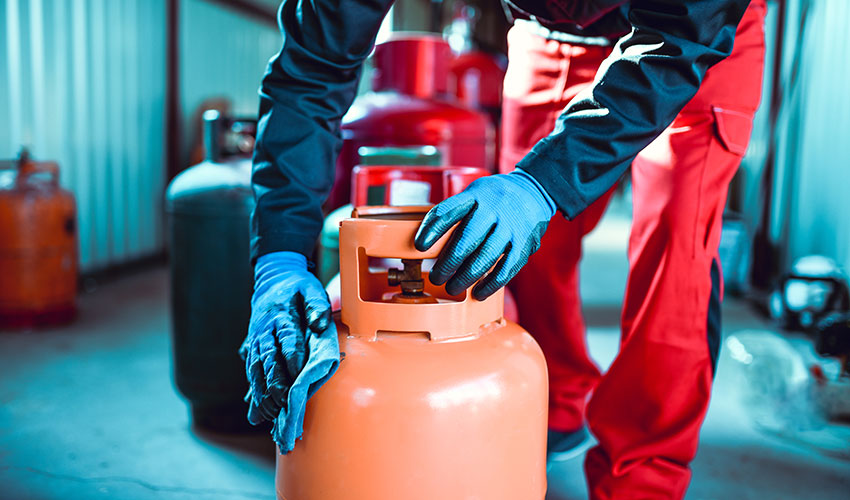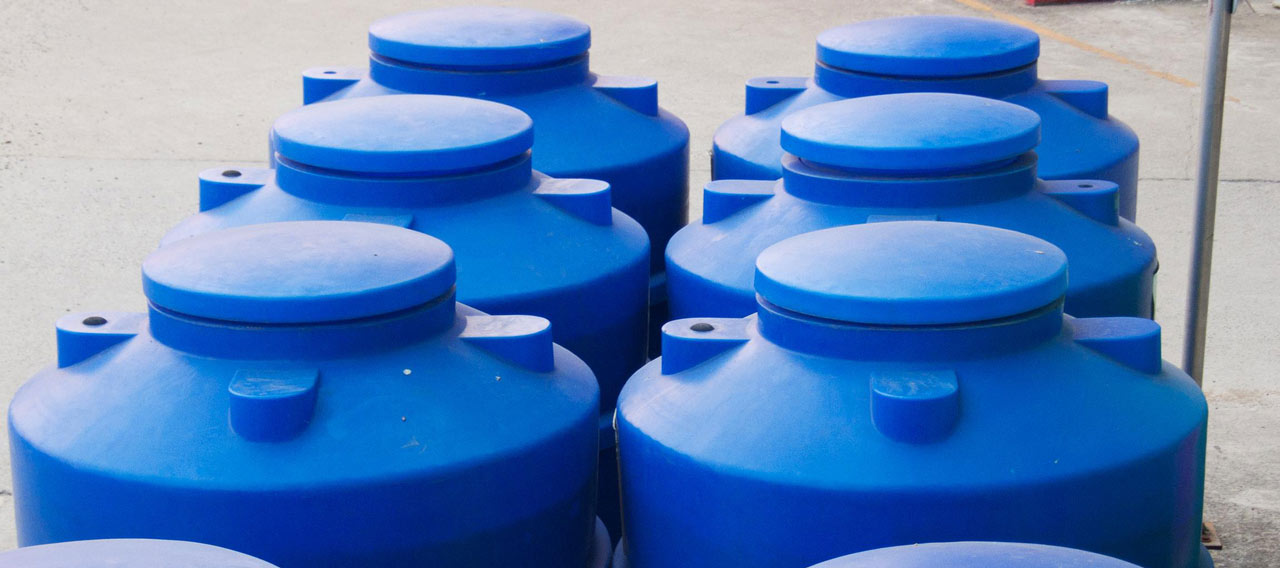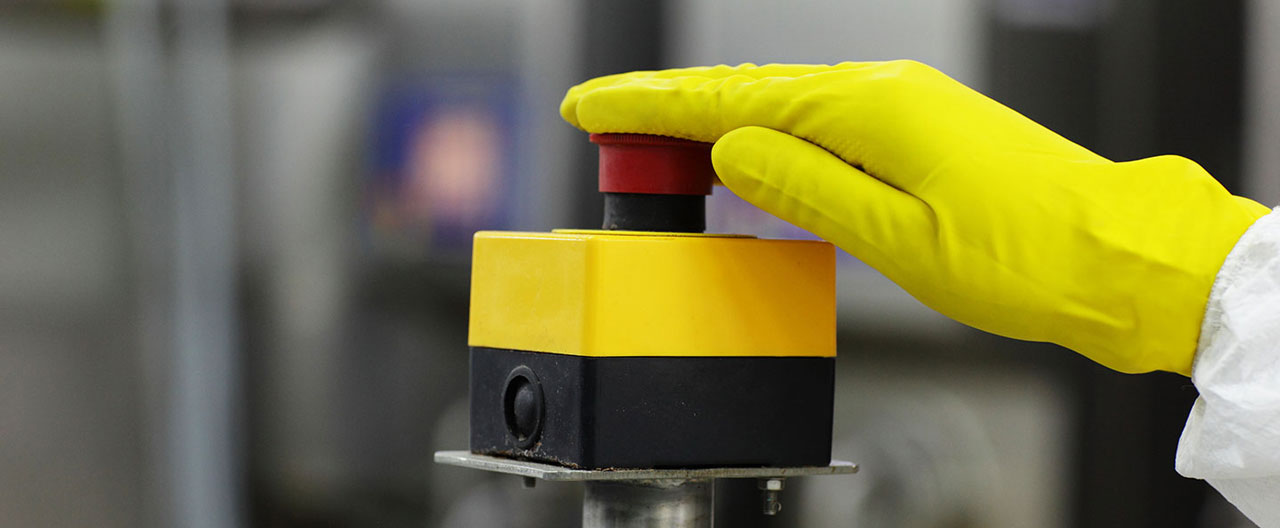- Individuals & Families
- Businesses
- Agents & Brokers
- Embedded Insurance

Chubb ranked #1 for Customer Satisfaction with the Home Insurance Claims Experience

Chubb ranked #1 for Customer Satisfaction with the Home Insurance Claims Experience

Chubb ranked #1 for Customer Satisfaction with the Home Insurance Claims Experience

Chubb ranked #1 for Customer Satisfaction with the Home Insurance Claims Experience

Because pets are family, Chubb now offers pet insurance with top-rated coverage from Healthy Paws.

Chubb offers the insurance protection you need for travel’s many “what ifs”.

Chubb protects small businesses at every stage – from newly formed start-ups to long-time anchors of the community.

Stay ahead of cyber threats with our free Cyber Claims Landscape Report.

Learn more about our dedicated learning paths, Online Learning Center, and more.

Many digital-savvy consumers look for it as a core or add-on option.

Many digital-savvy consumers look for it as a core or add-on option.

Many digital-savvy consumers look for it as a core or add-on option.

Chubb’s in-house technology makes it easy to integrate what we do into your customer experience.
-
About
-
Claims
-
Login & Pay Bill
For Agents & BrokersFor Travel Advisors
-
Back
When circumstances or emergencies necessitate a business operations closure, like a manufacturing shutdown, it’s natural to be eager to restore normal business productivity as soon as possible.
But bringing systems back to production can be a high cost, high impact, and often a dangerous endeavor that requires strategic, and exceptionally coordinated efforts. Even in non-manufacturing operations (such as retail), returning employees can face safety risks from shut down boilers, dormant sprinkler systems, unseen fire hazards, and other similar hazards.
In order to minimize the risks to your staff and your assets, and to manage your exposures, it’s critical to plan carefully when resuming business operations. These steps can help you to come out of a shutdown safely.
1. Earmark and educate your team
Involve key senior management, environmental health and safety (EHS) staff, and appropriate electricians, technicians, operations, process, and control staffs as necessary. Engage any required contractors and vendors.
Consider additional employee or vendor training, especially around safety or where people might be performing unfamiliar tasks.
2. Develop a detailed project plan
Don’t leave anything to chance. Plan all the steps in advance, including assigning responsibilities, allocating the necessary resources, and establishing timing—and include contingencies for potential scope changes, emerging issues, and emergencies.
Establish communications protocols and regular check-ins to ensure the team members understand the procedures as well as their respective roles and responsibilities.

3. Keep safety top of mind
Restarting dormant building systems can present dangers from water, fire, toxic fumes, and other sources. Your teams should ensure the up-to-date and/or working status of:
- Safety guidelines and checklists, such as Pre-Start Up Safety Reviews (PSSRs) and process hazards analyses (PHAs).
- Necessary permits, including both existing permits and potential new ones.
- Mechanical drawings and photos. Have these ready, in the event of an equipment malfunction or process question.
- Compliance with applicable safety regulations, such as OSHA or regional standards.
- Protective measures. Check not just fire protection and alarm systems, but also auxiliary equipment (like sump pumps or emergency batteries). Confirm that equipment safety devices are not bypassed; check for proper ventilation.
And staff should proactively identify:
- Potential hazards, such as toxic or flammable gas cannisters or wet spots. Plan for possibilities such as defective equipment, electrical dangers or faulty pipes.
- Exposures and liabilities. Should something go wrong, know what losses, damages and circumstances your insurance policies cover.
4. Ready the equipment and systems
While teams perform their assigned tasks, ensure they clearly document and transmit start up readiness information. Clearly determine and communicate what the “go” signal is for inspection and testing—and who will give it.
5. Inspect and test
Conduct initial inspections while equipment is still down and before any activity resumes. After the necessary specialists determine the equipment passes initial inspection, the next step would be to perform recommission testing to validate that the machinery functions properly when operating.
Have operations, maintenance, and vendors do a final inspection to evaluate equipment for normal service and ramp-up readiness.
6. Ramp up and conduct a “post-mortem”
When your facility is successfully restarted and operations are ramped up to typical capacity, conduct a review of your processes. Update your EHS plans, checklists and any other documentation; record any lessons to reinforce the learnings. Consider implementing practices, acquiring systems or purchasing protections that would’ve proved useful to your restart effort.
Additional Resources
Insights and expertise








This document is advisory in nature and is offered as a resource to be used together with your professional insurance advisors in maintaining a loss prevention program. It is an overview only, and is not intended as a substitute for consultation with your insurance broker, or for legal, engineering or other professional advice.
Chubb is the marketing name used to refer to subsidiaries of Chubb Limited providing insurance and related services. For a list of these subsidiaries, please visit our website at www.chubb.com. Insurance provided by ACE American Insurance Company and its U.S. based Chubb underwriting company affiliates. All products may not be available in all states. This communication contains product summaries only. Coverage is subject to the language of the policies as actually issued. Surplus lines insurance sold only through licensed surplus lines producers. Chubb, 202 Hall's Mill Road, Whitehouse Station, NJ 08889-1600.


